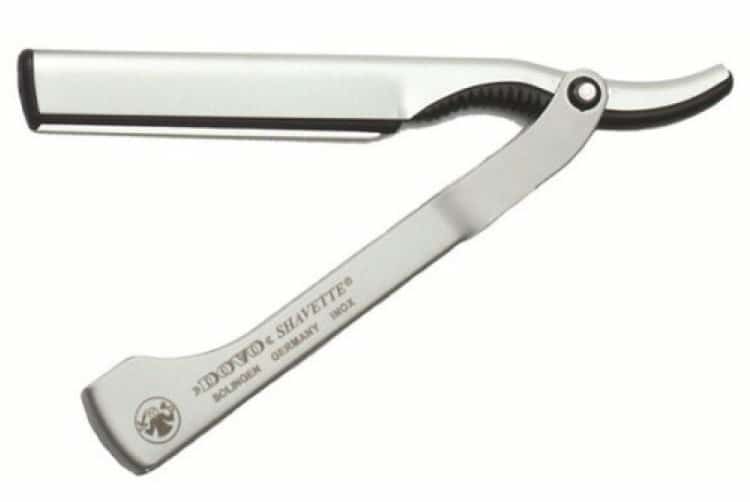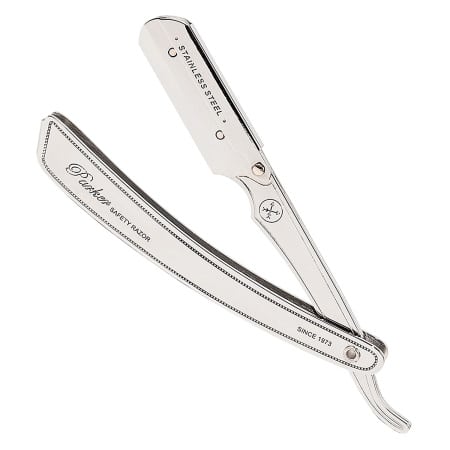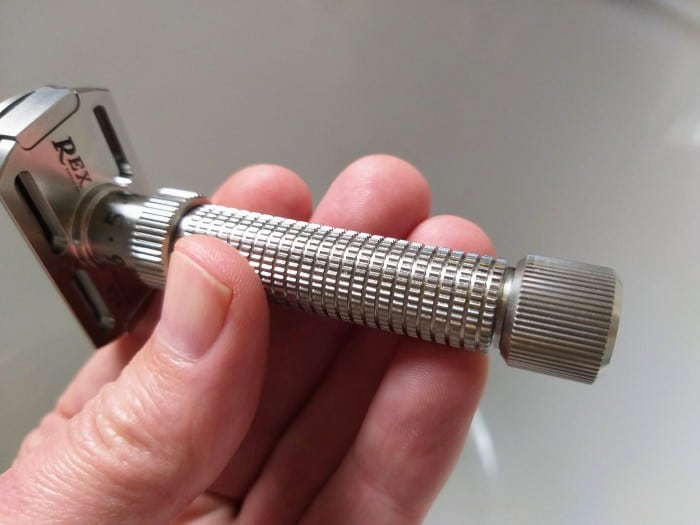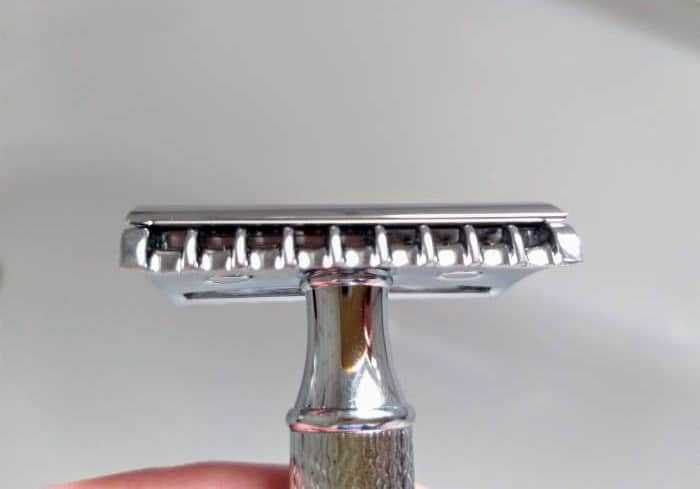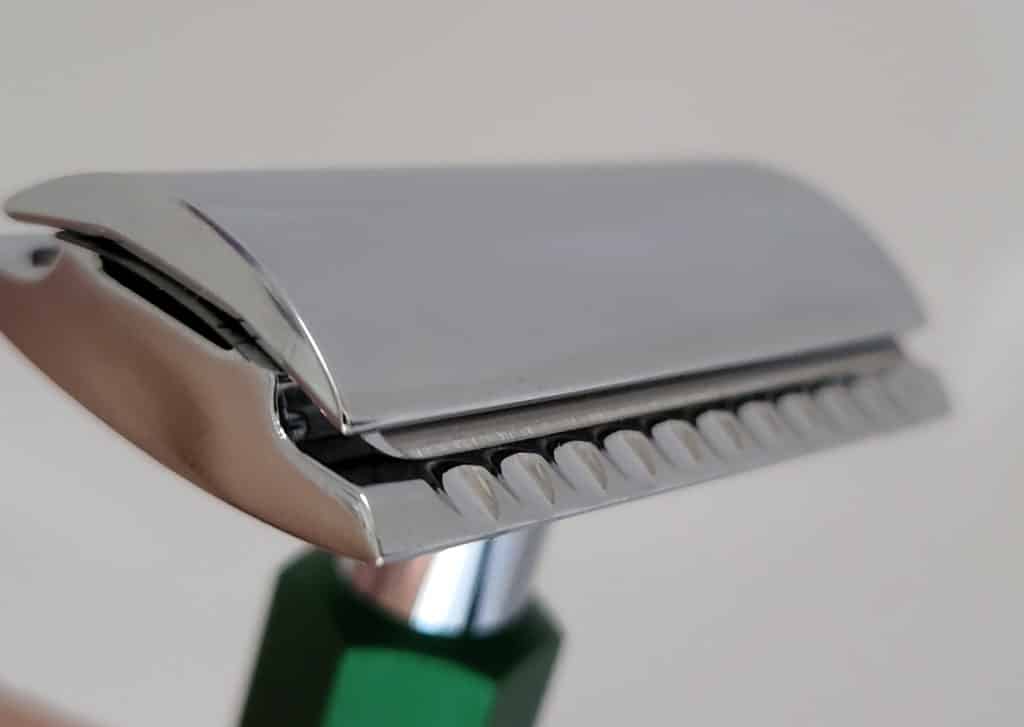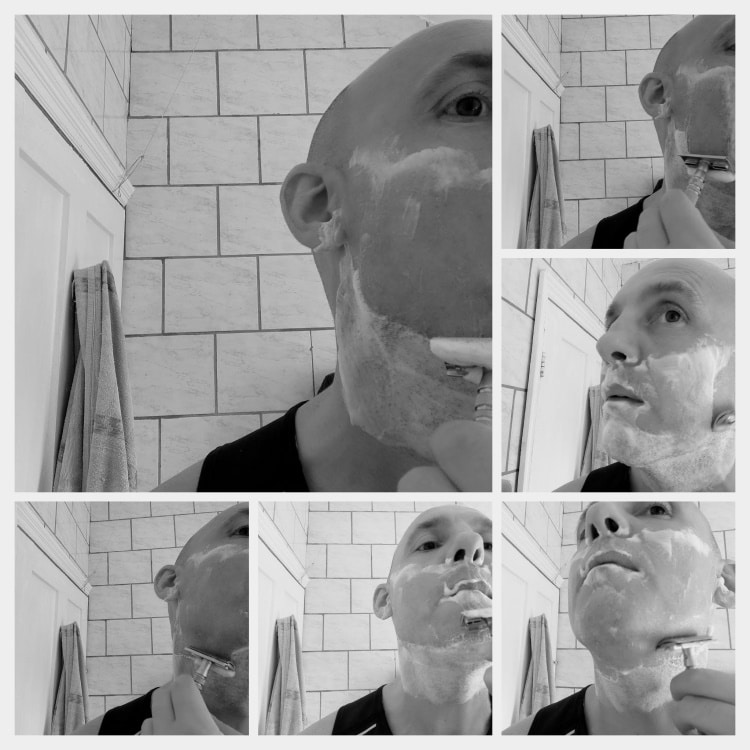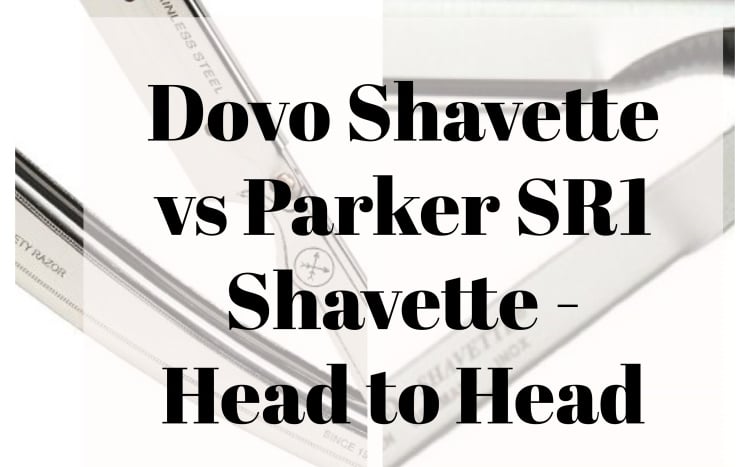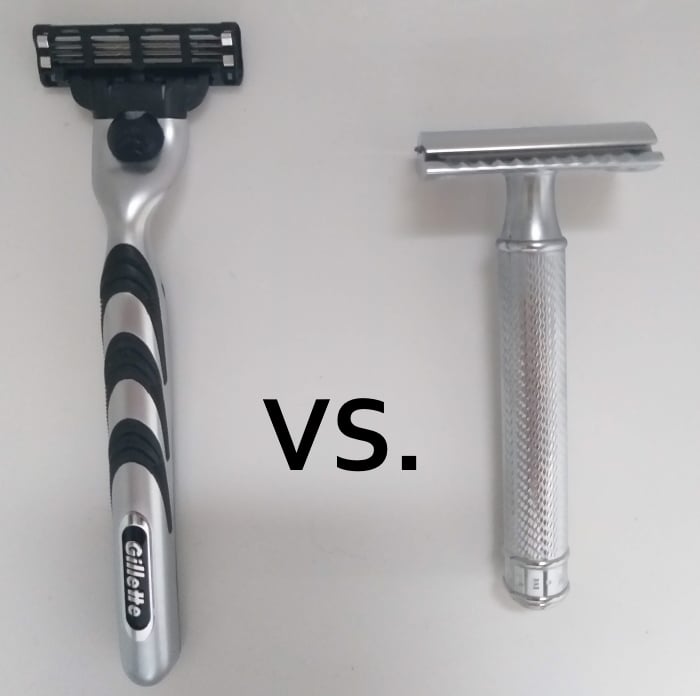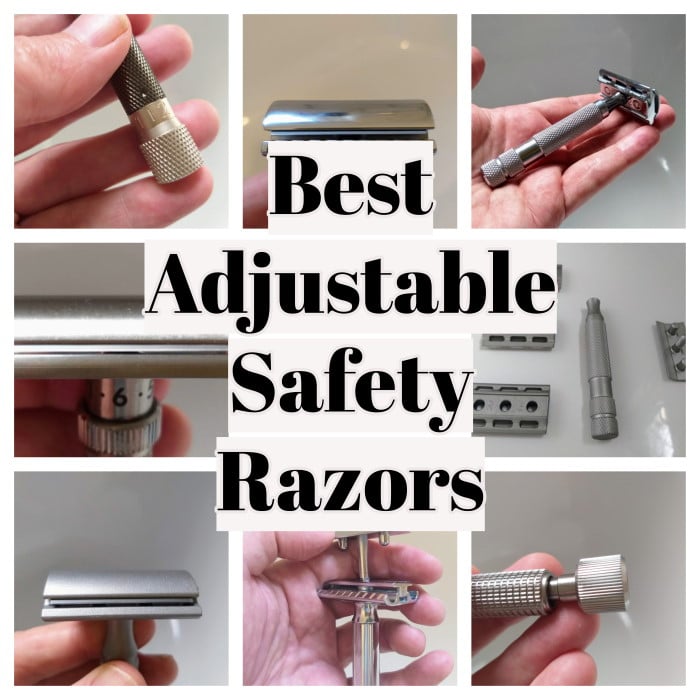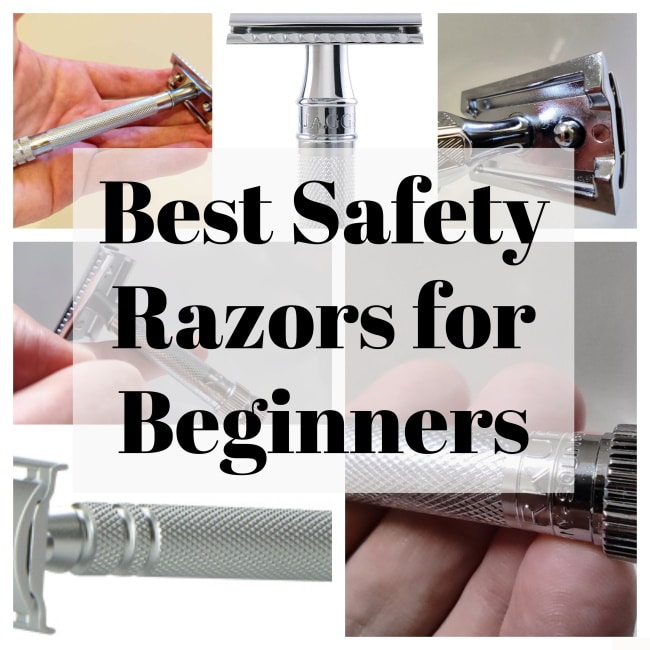Shavette vs Safety Razor – Which One is Best For You?
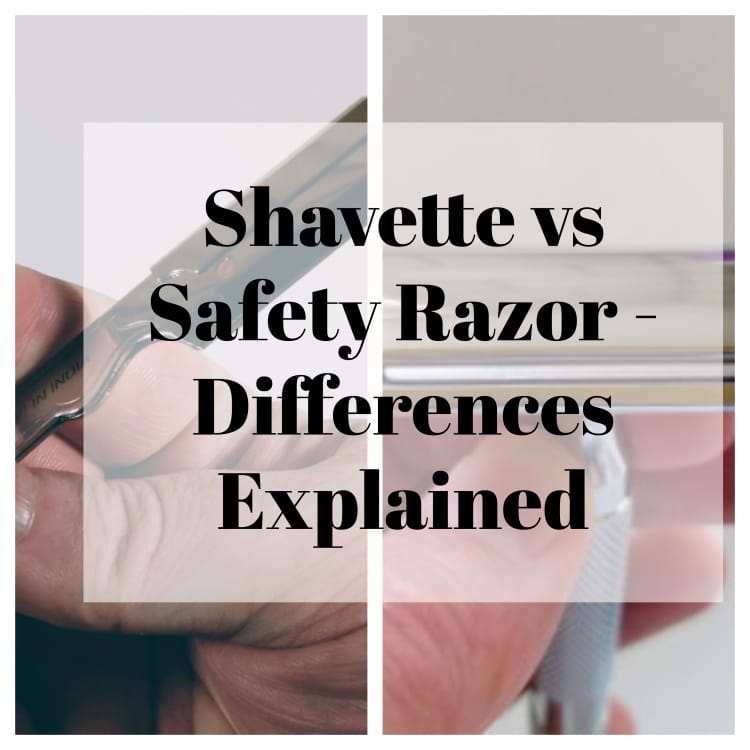
Today we are going to take the big jump and put two of the most classic saving methods head-to-head to decide which one is better for you and your style of shaving.
Both of these razor types are good for anyone to use, and are there for everyone to try out. However, it is best to do your research before taking the plunge off the razor’s edge. *rimshot*
I should put in an author’s note that yours truly is much more a fan of the Shavette than the Safety Razor, but of course I will attempt to keep my objectivity as best as possible.
Definitions
Before we get into the nitty-gritty of comparing our two contenders, let’s define what exactly the razors are.
Shavette Razor
A Shavette razor is a sort of fusion between a straight razor and a disposable shaver. Most often they are foldable like a straight razor, but sometimes they are one unit.

Shavettes work almost exactly like a straight razor, but the cutting edge is a disposable razor blade. You can shave with the blade until it starts to get dull, and then toss it like any old razor.
The method of housing a razor varies, but most shavettes either have a caddy that inserts into the blade housing, or fan out and clip closed around the blade.
The Dovo and Parker SRX shavettes below are good examples of two types of blade housing a shavette may have.
Shavettes were originally created to be used by professional barbers who didn’t have the ability to autoclave their straight razors between customers. The nature of a cutting edge being disposable is much more hygienic than just washing something under water.
Safety Razor
Probably one of the most recognizable pieces of shaving equipment, the safety razor is an almost ubiquitous tool to most wet shavers.
A Safety Razor is a handle with a double-headed metal housing that holds a disposable razor blade. Most often the razor blade is held together by a threaded screw, keeping everything secure.
Both edges of the blade are exposed and used interchangeably, so they dull slower and evenly. This is why you will see many named double-edge (DE) safety razors, although the less popular single-edged (SE) razors are also available.
Typically they have a “comb” or “safety bar” on the bottom that protects or separates the skin from direct contact with the razor. This keeps your skin safe from the majority of cuts or irritation. The comb is actually something to look for in a good safety razor, but we will cover that more in-depth when we get to the pros and cons of both razor types.
Costs of Shaving – Razor Costs
One of the biggest aspects of modern shaving involves the price of shaving, and I’m not talking about blood spilled or the archenemy known as razor burn.
Anyone can grab a disposable cartridge razor and a can of barbasol for not too much moola. However, really good wet shaving supplies that leave your skin feeling like a baby’s bottom add up to more than just a small expense.
In these uncertain economic times, deciding how much money you want to spend on your razor is a major question that cannot be understated.
Presupposing the same cost for shaving cream, pre-shave, shaving brush, shaving bowl, and aftershave, we can look at the various average costs for either a Safety Razor or a Shavette Razor.
Safety Razor prices vary by a greater degree, but most often for a good safety razor you are looking at spending between $30 to possibly $50 USD. Obviously there are some major outliers there depending on where you shop, with some starting around $20 USD and others going for well over $100 USD. $30 to $50 is the sweet spot for both a well made razor to last and affordable for a regular shaver.
On the other hand, we have the average costs of Shavettes which vary by an even larger amount. Most start at close to $20 USD, and plateau around $35 USD. However, there are some seriously top tier Shavettes that can go for $250 USD! These top tier Shavettes are some of the best made in the world, but are not something that you should jump into if you are wanting to try them out.
Obviously you are also going to be spending your cash on disposable blades for both.
Overall, if you are seriously pinching pennies, you will probably be able to find a Shavette for less expense than you would a good Safety Razor. However, we are talking about the difference between $10 to $20 USD. This can be chump change for some, or a dealbreaker for others.
Pros and Cons
First off we are going to look at the Pros and Cons of the individual razor types and the style of shaving. Then in the next section, we can discuss the major differences between the two types of razors.
Shavette
The method of shaving with a Shavette is very similar to the method of shaving with a straight razor. You take it slow, going over each portion of your face slowly and methodically. Typically you will want to shave with one hand while holding the skin taut with your off-hand.
When I shave, I typically use three passes: one with the grain, one across the grain, and one against the grain. Each time, I lather up and use a different pre-shave to make sure to fight against cuts and razor burn.
For a more in-depth look, check out my: How To Use And Shave With A Shavette Guide.
Taking the time to shave like this leaves your skin feeling soft and clean. I have never gotten a closer shave than using a shavette like this. In my case, my face felt like it did before I even started developing facial hair. It was a serious blast from the past to be honest. I felt clean and smooth like nothing else.
In fact, my specific shaving style with a shavette means I can shave every other day without a five o’clock shadow showing at all showing it at all.
The small size of the cutting edge and style of shaving is great for getting in at the really close places like your mustache, chin, and sideburn areas. It’s great for touch ups and going back over problem spaces when you need to make sure everything is nice and smooth. Great for when you are really needing to look sharp, like for a job interview, presentation, or date night.
The downsides of using a shavette are plentiful though. For one part, the process is slower than a quick shave with a safety razor or cartridge razor. You are dragging the sharp razor over your skin with very little in the way of protection. So taking it slow is a must. If you try to go fast, you are going to cut yourself.
The Shavette will often have exposed edges on the blade, and if you are not focusing on your shaving, those can scratch up your skin.
The Shavette cutting edge is also small, so you might find yourself needing to make more passes to cover your face. For those of us fat-faced guys, that means more of a chance you might accidently cut yourself.
Safety Razor
Safety Razor shaving is more intuitive than using a shavette and safety razor.
I use both safety razors and shavettes, so I can say that it was easy to get used to using something with a post type handle rather than the folding handle of a shavette.
For my part, I alternate sides of the razor as I make strokes down my face. I use the same process as when shaving with a shavette with three overall passes and then a clean up pass at the end.
The major upside to using the safety razor in this instance is that I can go faster when I am shaving. This means I can make quicker strokes and get everything done faster with less chance to cut myself.
This is all thanks to the comb innovation on the safety razor.
Safety Razors have a comb shape on the bottom edge of the blade that keeps your skin safe from the cutting edge of the razor. This is actually one of the innovations that gave the safety razor its popularity.
Safety razors can come with either an open or closed comb. Closed comb razors have a safety bar that moves across your skin before your whiskers are cut by the blade. This keeps your skin taut as you are shaving.
Open comb razors do not have the safety bar and are just a comb of metal teeth over the blade exposure. These will guide your whiskers closer to the blade, but have a much more aggressive blade profile. They will give you a closer shave, at the chance of leaving you open to nicks, cuts, or razor burn.
The open comb safety razor is a much closer relative to a straight or shavette razor. This is because of the blade exposure and many like the Muhle R41 have a blade angle that is near straight.
The major issue when using a safety razor is that you are not going to get the closest shave. You are going to have more places to go back and have to clean up later.
Major Similarities and Differences
The big similarity between both of them though is that the quality of your shave is really also going to depend on the quality of the blades you use. That is always going to define how good that shave is going to be.
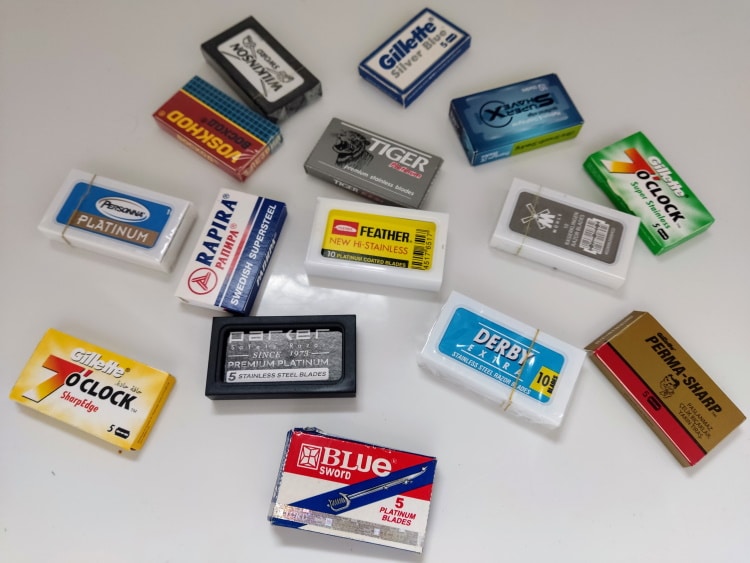
I will almost always say, if you want the best blades go for Muhle, Merkur, or Lord brand blades; However, we all have preferences for the blades we like to use and the blades I mention are just my go-to blades. They will stand up to multiple shaves and glide easily over your skin. The lower quality the blade, the harder the shave is going to be.
When it comes down to the major differences between the two shaving methods, it really comes down to how much time you want to take with your shave, and how close you really need that shave to be.
Your safety razor is faster, but won’t give you as close a shave as your shavette. The Shavette is going to be more dangerous and time-consuming, but give you a closer overall shave.
Final Word – Which One is Best?
Overall, it will come down to personal preference as to which one you are going to love shaving with.
Personally, I love the shavette because I have the time during the day to take 30 minutes to an hour for my shaving ritual. I can take the same with the smaller blade to not cut myself and get the closest shave I can.
If you have less time on your hands, then the Safety Razor is probably something you would prefer. The faster shave time and easier intuitive use of the Safety Razor is probably going to be much more your speed.
